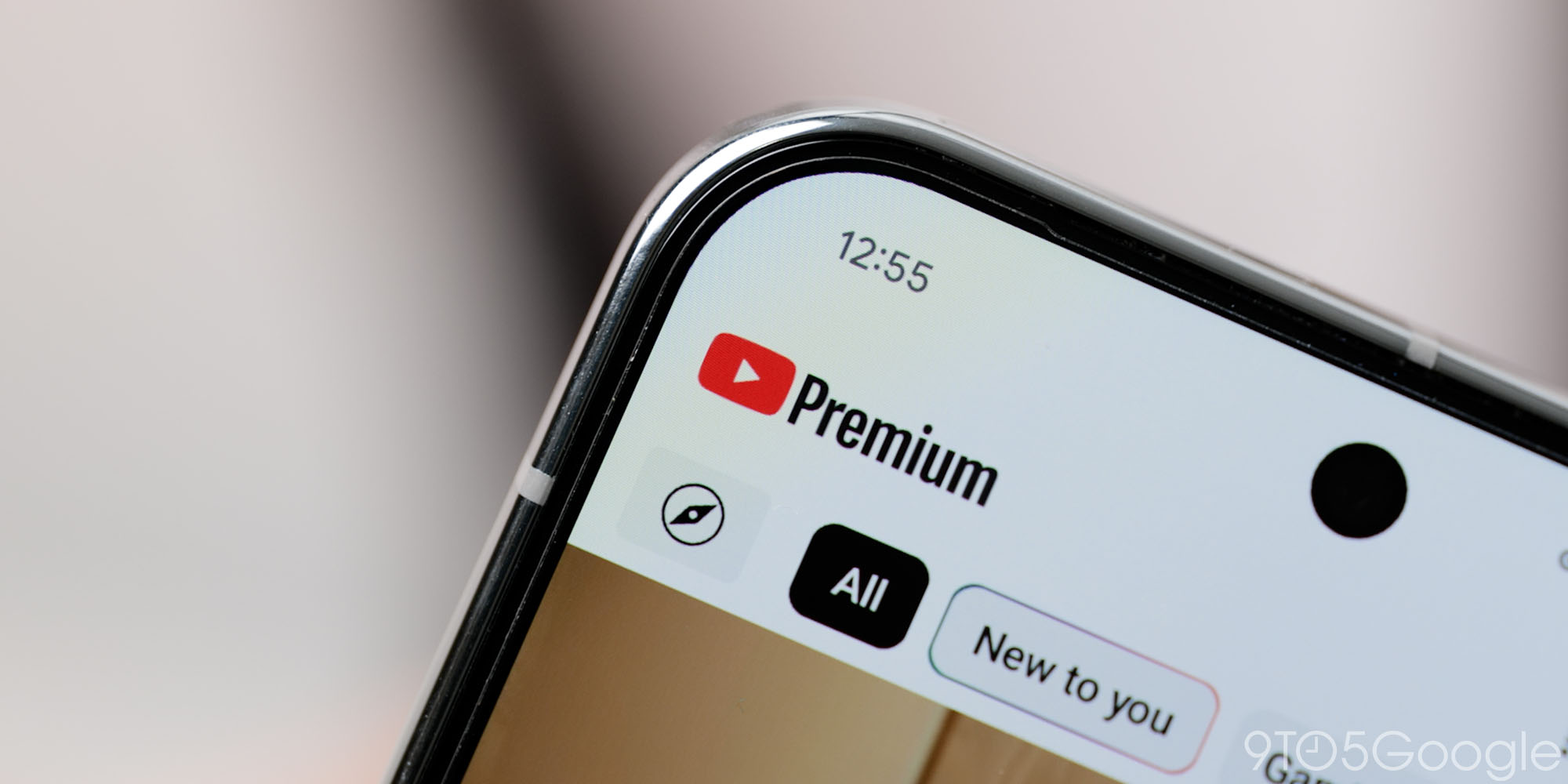
YouTube Premium Lite Officially Launches in the US, Promising Ad-Free Viewing at a Lower Cost
After months of speculation and testing in select markets, YouTube has formally launched YouTube Premium Lite in the United States as a pilot program. This new subscription tier aims to offer users a more affordable option for ad-free video viewing, priced at $7.99 per month, roughly half the cost of the standard YouTube Premium subscription, which rings in at $13.99 monthly. The introduction of Premium Lite marks a significant shift in YouTube’s subscription strategy, catering to users primarily interested in eliminating intrusive advertisements without the full suite of features offered by the standard Premium plan.
The launch comes as a response to the growing demand for ad-free content consumption and represents YouTube’s attempt to capture a segment of the market that finds the full Premium package too expensive or unnecessary. By offering a streamlined experience focused solely on ad removal for most videos, YouTube hopes to attract a wider audience and increase its subscriber base. The pilot program will allow YouTube to gauge user interest and gather feedback to refine the offering before potentially expanding it to a wider global audience.
The key distinction between YouTube Premium Lite and the standard YouTube Premium lies in the feature set. While Premium delivers a comprehensive experience, including ad-free viewing across all content, access to YouTube Music Premium, offline downloads, and background playback, Premium Lite focuses almost exclusively on ad removal. This means users opting for Premium Lite will forego several key features, most notably the inclusion of YouTube Music Premium. Consequently, they will still encounter advertisements when watching music videos and within the YouTube Music app if they choose to use it. The ability to download videos for offline viewing is also absent, restricting users to online streaming. Furthermore, background playback, a feature highly valued by users who enjoy listening to content while multitasking, is also unavailable with the Lite subscription.
This deliberate limitation in features highlights YouTube’s intent to segment its audience and cater to specific needs. Users who heavily rely on YouTube Music, offline downloads, or background play will likely find the standard Premium subscription a more worthwhile investment. However, for those primarily seeking an uninterrupted viewing experience free from constant advertisements, Premium Lite offers a compelling and cost-effective alternative. It essentially transforms the core YouTube experience, allowing viewers to immerse themselves in content without the frustrating interruptions of traditional advertising.
The support page for YouTube Premium Lite clarifies the scope of its ad-free promise, stating that the subscription extends to both the standard YouTube platform and YouTube Kids. This inclusivity is crucial for families with young children who want to provide a safe and ad-free viewing environment for their kids. The absence of ads on YouTube Kids further enhances the value proposition for parents, ensuring a more focused and engaging experience for their children.
However, it is crucial to note the specific exception to the ad-free experience: music-related content. YouTube explicitly states that advertisements will still be present when viewing music videos or engaging with content within the YouTube Music ecosystem. This exclusion is directly tied to the removal of YouTube Music Premium from the Lite subscription. It underscores the trade-off users are making when opting for the more affordable plan. While Premium Lite eliminates ads from the vast majority of video content, users who frequently consume music videos will need to weigh the cost savings against the continued presence of advertisements in that specific area.
The decision to launch YouTube Premium Lite as a pilot program in the US and expand the updated version to Thailand, Germany, and Australia, where it was previously in testing, demonstrates YouTube’s cautious and data-driven approach. By gathering user feedback and analyzing usage patterns in these select markets, YouTube can refine the Premium Lite offering and optimize it for broader adoption. The initial testing phase provided valuable insights into user preferences and helped YouTube determine the optimal pricing and feature set for the Lite subscription. This iterative approach minimizes the risk of a widespread launch of a poorly received or ineffective product.
The introduction of YouTube Premium Lite signifies a potential shift in the landscape of online video subscriptions. It reflects a growing awareness among streaming platforms of the diverse needs and preferences of their user base. By offering a tiered subscription model, YouTube aims to cater to a wider range of users, from those seeking the full suite of Premium features to those primarily interested in an ad-free viewing experience at a more affordable price point. The success of YouTube Premium Lite will likely influence the subscription strategies of other online video platforms, potentially leading to a more diverse and customized range of subscription options for consumers.
Ultimately, the value of YouTube Premium Lite depends on individual viewing habits and priorities. For users who prioritize ad-free viewing above all else and are not heavily invested in YouTube Music, offline downloads, or background playback, the $7.99 per month price tag represents a significant value proposition. It offers a streamlined and uninterrupted viewing experience, allowing users to focus on the content they enjoy without the constant interruption of advertisements. However, for users who rely on the full suite of Premium features, the standard subscription remains the more compelling option. The launch of YouTube Premium Lite provides consumers with more choice and flexibility, empowering them to tailor their YouTube experience to their individual needs and preferences. It will be interesting to observe how users respond to this new offering and how it impacts the overall landscape of online video subscriptions.
